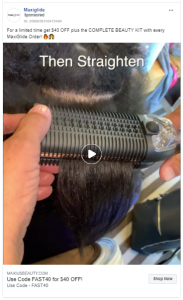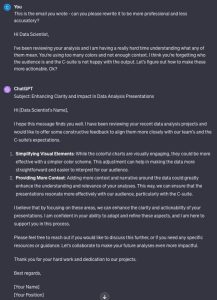Thanks to its “real-time” nature, web push is one of the most effective ways for marketers to engage customers as they shop and deliver time-sensitive information. Not to mention, it’s something customers want – marketers who have deployed web push have seen up to a 30% opt-in rate from customers, nearly 10X more than the opt-in rate for email subscribers.
But unfortunately, very few marketers are sending web push messages to customers – and those that are aren’t leveraging the channel effectively. The vast majority of the former are sending “batch-and-blast” messages instead of segmenting their customers, personalizing messages, and communicating with customers while they’re actively engaged. As a result, customers aren’t getting nearly as much value out of the channel that they could be (leading them to opt-out of web push!) and marketers are missing a huge opportunity to actually use web push effectively (leading to most marketers today to dismiss the channel’s potential).
So what are the best practices you need to consider when using web push? Marketers absolutely need to make sure that they:
1. Stop sending batch-and-blast – instead, segment customers
When you segment your customers, it becomes easier to understand what customers want from your brand – providing you with an opportunity to meet their needs with a well-timed web push message. Segmentation is the best way to understand which shoppers are close to a purchase, which shoppers are at a risk of churning, and which shoppers have a problem that your brand can help solve, so you can send the appropriate messages to each different customer segment based on what their priorities are. And not to mention, segmentation can provide you with insight into which shoppers are likely to become long-term loyal customers, so you can spend more of your time and resources nurturing this group.
2. Not all customers are the same – personalize your messages
The reason vendors who send batch-and-blast messages aren’t seeing any significant impact is because it’s hardly effective to send the same messages to every single customer, without any consideration of the previous actions they’ve taken, the preferences they’ve demonstrated, or where they are in their individual shopping journey. Personalization and segmentation go hand-in-hand, and marketers who personalize their web push messages based on customer behavioral data will be able to communicate in a way that actually resonates with each unique shopper.
3. Don’t wait – respond to customer behavior in real-time
One of web push’s best characteristics is its real-time nature, so it’s somewhat baffling that many marketers who send web push messages fail to take advantage of peak moments of customer engagement to send real-time messages at the moments when they’re most welcome. When you can time the delivery of your web push messages in response to key actions your customers take – for example, when shoppers express interest in an item, add merchandise to a shopping cart, or need help completing a purchase – you can capitalize on one of the best aspects of web push as a channel, and really optimize on moments when your customers are actively interacting with your brand.
4. Break down silos – coordinate web push with other channels
As with any message, your web push messages absolutely need to be informed with data from other channels and devices. Especially considering how frequently customers switch between devices to complete the same task, if you’re not collecting behavioral data across multiple channels and combining them to form the most complete and updated picture of each shopper, you risk sending a web push message that’s irrelevant or wanted – and when it just takes one irrelevant message to lose a customer forever, that’s not a risk you can afford to take. The key is making sure you have all your customer data in one centralized location, so you can send the most relevant messages in the context of what your customers need and what they’re doing.
Simply stated, marketers aren’t using web push to the best of their ability. And that’s unfortunate, because when leveraged correctly a well-timed web push has the capability to drive engagement, loyalty, and revenue with speed and efficacy. The more you can use web push messages to speak directly to your customers, the better-equipped you’ll be to engage with them in a way that’s meaningful and that contributes to a strong brand-user relationship. The key is understanding the power web push can have when leveraged correctly, and then actually using it to its full effect – because it can be the difference a shopper who only purchases one time, and a shopper who becomes a loyal and happy customer.
This post originally appeared on the Zaius Blog.
Digital & Social Articles on Business 2 Community(83)
Report Post





